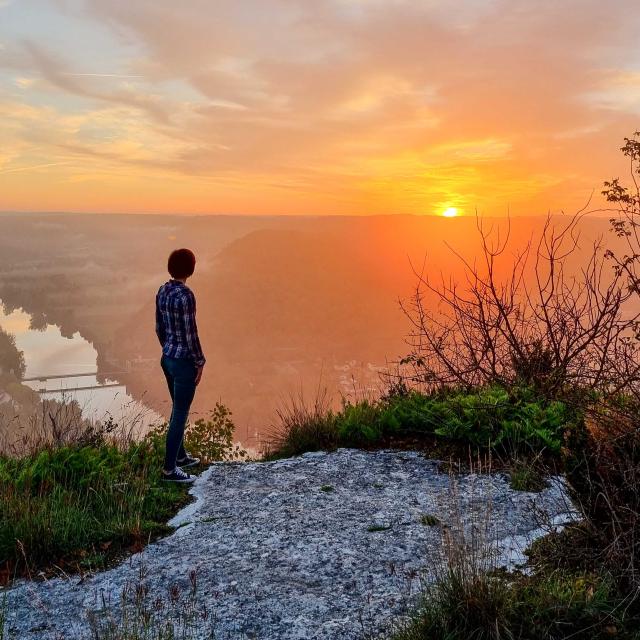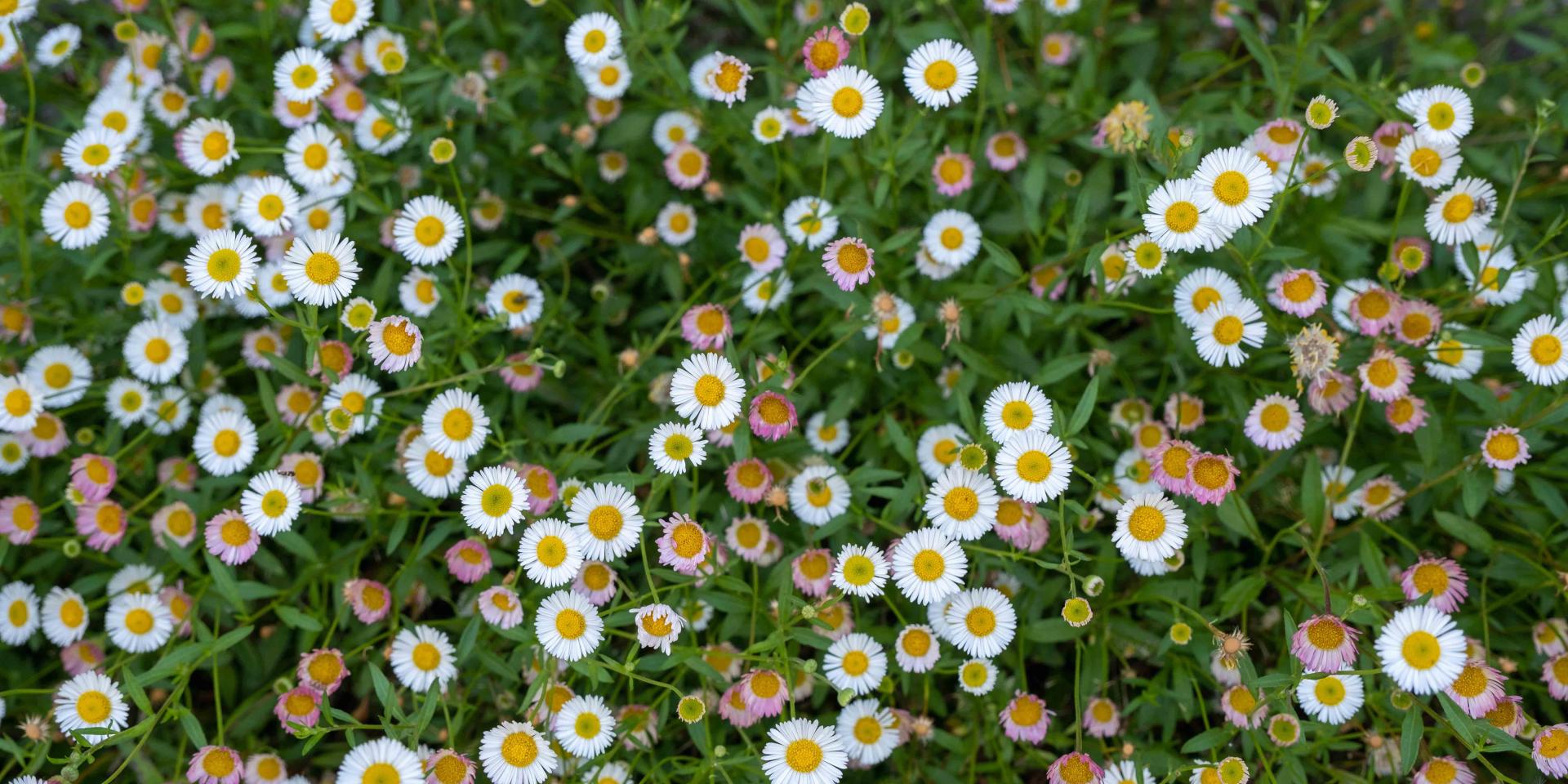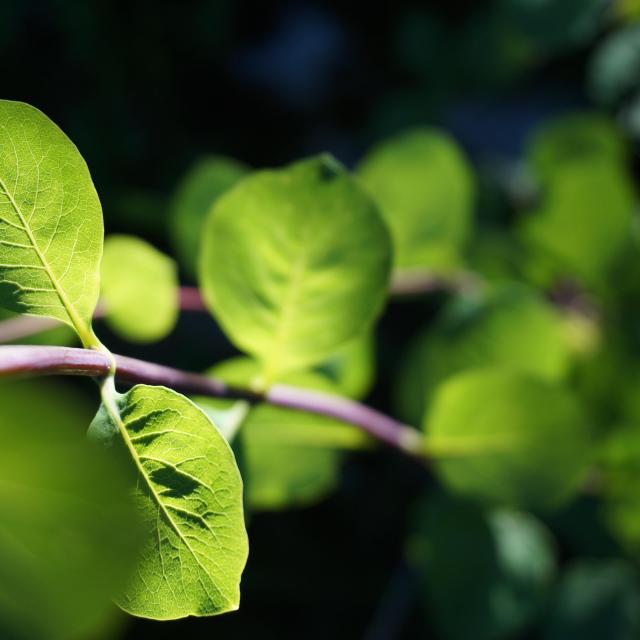eco-friendly
LESS PAPER, MORE TREES! We rigorously manage all our printed documents and brochures to avoid wasting paper as much as possible. We print only when necessary, and prefer black and white and double-sided printing. We print our publications on recycled paper or paper from sustainably managed forests, preferably from Imprim’Vert -certified printers. ECORESPONSIBLE PURCHASING Whether it’s for the snacks offered to the children during our events or for the purchase of our office supplies: we prefer to buy eco-labelled products or products from local circuits.







